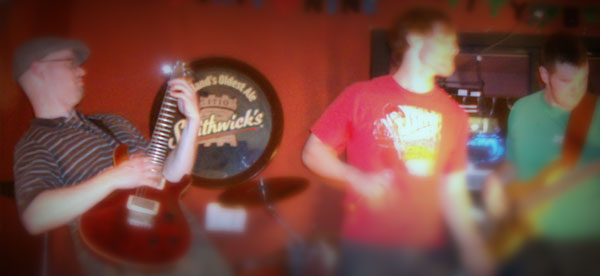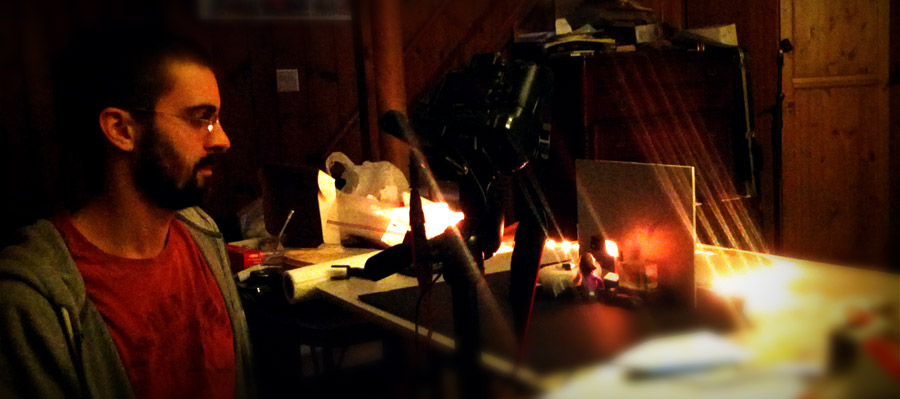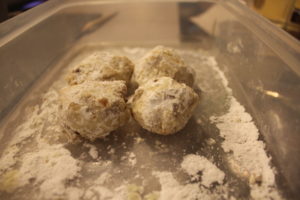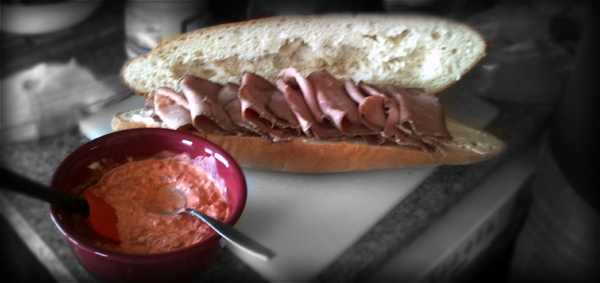 Even though the full episode of SB:I will only be in 3d if you consider Einsteinian theory, we do have some conventionally 3d treats for you today. If you have your computer connected to a fancy TV or a Nintendo 3DS laying in a charging cradle somewhere, click the link below each of the following pictures to bask in the full muti-dimensionality of SpaceBase: Infinity. If you’re stuck on a 3d incapable iPad or some other such unfortunate device, try not to get a headache from these gifs!
Even though the full episode of SB:I will only be in 3d if you consider Einsteinian theory, we do have some conventionally 3d treats for you today. If you have your computer connected to a fancy TV or a Nintendo 3DS laying in a charging cradle somewhere, click the link below each of the following pictures to bask in the full muti-dimensionality of SpaceBase: Infinity. If you’re stuck on a 3d incapable iPad or some other such unfortunate device, try not to get a headache from these gifs!
 Download Winona here.
Download Winona here.
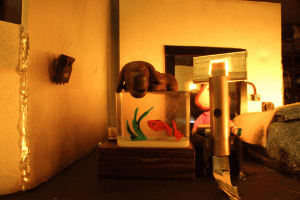 Download King here.
Download King here.
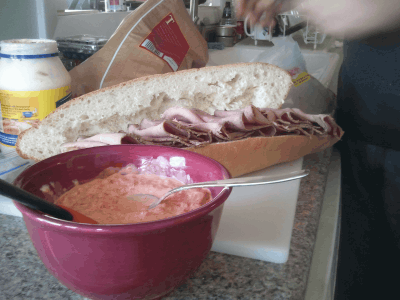 Download the sandwich here.
Download the sandwich here.
If you are motivated to purchase a screen that can show you these inspiring 3d photographs, follow this link. Or this one. Or even this one might work, maybe.
As for real progress, fear not, we didn’t spend all of our time fiddling with stereo photo maker. We should be able to complete shooting scene 3 the next time we meet. We’ve captured over 1000 frames so far, for those keeping track.
-Mike
